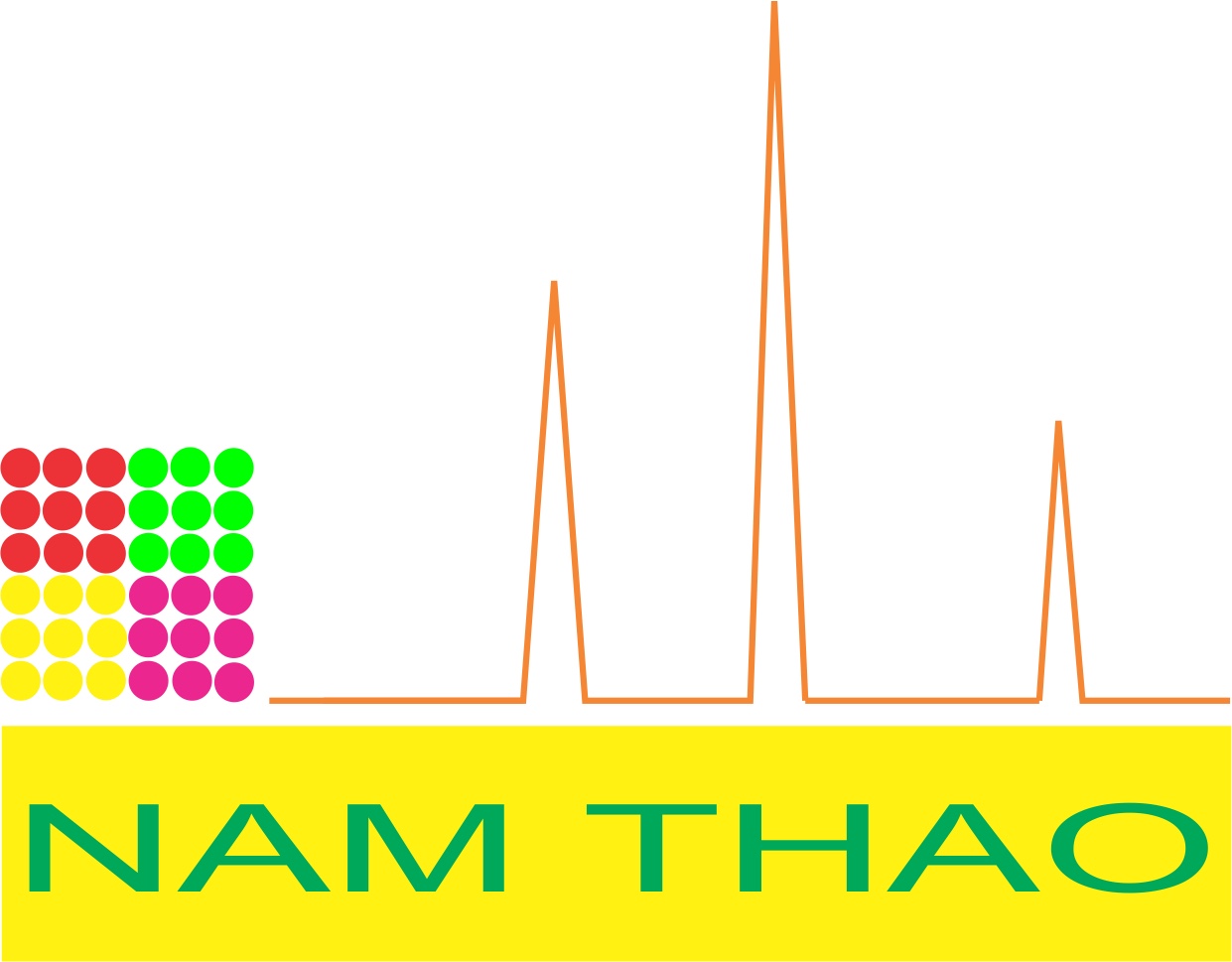Dioxins and PCBs in Environmental Samples, Food and Feed
| Persistent organic pollutants (POPs) are an everyday threat in modern times. Within the so-called “dirty dozen” one major compound group are the dioxins, or precisely polychlorinated dibenzo-para-dioxins (PCDDs) and polychlorinated dibenzofurans (PCDFs). Although dioxins were never produced industrially on purpose, they have been widely spread in the environment and accumulate in the food chain, predominantly in the fatty tissue.
Discovered in Germany as by-product for the pyrolysis of the disinfectant and pesticide pentachlorophenol (PCP), the agent 2,3,7,8-tetrachlorodibenzo-p-dioxin (TCDD) was understood to be extremely hazardous already in 1957. Hence, we know that more than 90 % of human exposure comes along with nutrition. Meat, dairy products, fish and shellfish are the key sources for daily dioxin uptake. |
 |
Different to dioxins, polychlorinated byphenyls (PCBs) were produced intentionally. These compounds were used for plenty of technical purposes until the 1980s. In transformers, electric capacitors, in hydraulic systems, as well as in softeners of dyes, insulators, plastics and caulking compounds. This shows, everyone is in direct daily contact to potential PCB sources.
Since the 1980s development and regulation of maximum levels for dioxins and/or PCBs has been given in food, feed and environmental matrices. The European Union Regulations 589/2014, 252/2012, 709/2014, 152/2009, 709/2014 or 882/2004 are just a few examples. In addition to these documents regulations, norms, and recommendations from US authorities EPA and FDA form the global role models for almost every lab dealing with dioxins and PCBs.
Due to the omnipresence of both, dioxins and PCBs, there is a certain background exposure not being expected to affect human health. However, owing to the highly toxic potential, constant efforts need to be undertaken to reduce background exposure and keep the dietary uptake at a minimum. As already lowest concentrations (in the range of femtogram = 10-15 g) of these substance classes can cause severe toxic effects, it is necessary to go for highly sophisticated analysis and sample preparation. For the latter, LCTech offers unique, technically world-leading solutions.
Automated Sample Preparation |
Automatisierte GPC |
DEXTech Product FamilySample preparation is one of the most elaborate and time-consuming process steps within dioxin and PCB analysis. Easy-to-use and at the same time reliable automation makes your work in the laboratory much simpler. |
FREESTYLE GPC moduleEffective and proven: clean-up with GPC. Reliable technology married with technical finesse results in a fully automated chromatographic sample preparation system. |
Accessories |
Accessories |
GPC columnsWith its robustness they they are designed for everyday analysis in laboratories. |
SilicaDue to its outstanding quality this silica with a particle size of 0.063 – 0.2 mm is especially suited for the dioxin analysis. Read more … |
